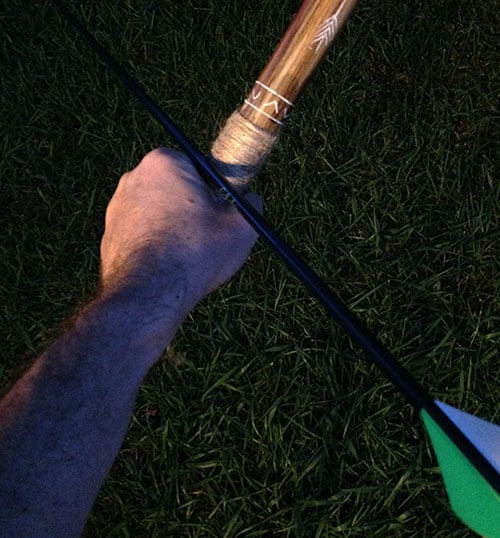Last Updated on
By Rob Boyle
Welcome back to your ultimate source of information on all things archery and bow hunting! The last three articles dealt with the various parts of a bow, terminology used within the industry, and what to look for when you are buying your first bow. In addition, I talked about arrow selection and why it’s important to select properly sized and spined arrows. This time around, we’re going to talk about one of the more important accessories you can buy for your bow: the arrow rest. Besides the string, the arrow rest is the only other thing your arrow comes into contact with on your bow. A good arrow rest is of utmost importance when setting up a bow that is well-tuned and shoots accurate bullet holes.
The history of the bow and arrow is one that predates records in modern history, and it is also a common tool/weapon to all ancient cultures. One of the first bows was determined to date all the way back to 9,000 BC! Needless to say, the bow has come a long way since then, and lots of changes have occurred over time. The same can be said of the arrow rest.
The first arrow rest was the archer’s bow hand. The bow hand (the hand that grips the bow) actually supported the arrow from the time the arrow was nocked, through full draw, and even through release of the arrow. As you can imagine, this did not lend to being the most accurate method. The differences in the bow hand when gripping the bow from shot to shot, the softness and malleability of the hand, and the friction caused by the arrow and vanes contacting the hand didn’t make for the best arrow rest. However, for a very long time, this was the standard, and traditional archers still use this method.
As time went on, bowyers (those who build bows) realized they needed a better alternative to using their hand as rest. They then came up with building a shelf into the riser of the bow that the arrow could rest upon. This shelf was flat and smooth, and gave the archer a lot more continuity in accuracy from shot to shot. Though this was a huge leap in design from a simple bow, it still wasn’t perfect; the arrow would still be subject to a lot of friction, and if the archer moved or jerked the bow in a particular direction, the arrow could go off to the side, falling off the shelf. However, a shelf style rest is indeed still used today.
Fast forward to today, and the compound bows we use necessitate a little more technologically advance type of arrow rests. Arrow rests today are extremely varied, but for the sake of our article, we are going to discuss two types: full containment rests and fall away (also known as drop away) rests.
A full containment rest does just that; it completely contains the arrow all the way through the draw cycle and through release. Full containment rests are a favorite of hunters because they are quiet, they won’t allow the arrow to fall off the bow no matter whether you are sitting, standing, crawling or running while hunting, and they have no moving parts to fail. One of the most well-recognized designs of a full containment rest is the “Whisker Biscuit”. The Whisker Biscuit is an extremely simply designed rest, but it is extremely effective. A round metal or plastic portion is filled with bristles all facing each other, and a hole is cut into the center for the arrow to go through. That’s pretty much it.
Hunters love Whisker Biscuits because they are simple, inexpensive, and will never fail. Once your arrow is in the rest, it isn’t going anywhere. However, one drawback of this style of full containment rest is that there is a large amount of friction on the arrow, as the entire length of the arrow, including the vanes, is in contact with the arrow rest the entire time the arrow is loosed. Some people argue that this contact slows the arrow down, and therefore the arrow is losing a lot of its kinetic energy. Some people might also argue that this type of rest affects the accuracy of the arrow, making it harder to get arrows to group together consistently. However, this is all anecdotal, as I do not know of any scientific articles that have measured whether or not there is any significant loss of energy or speed while using this type of rest.
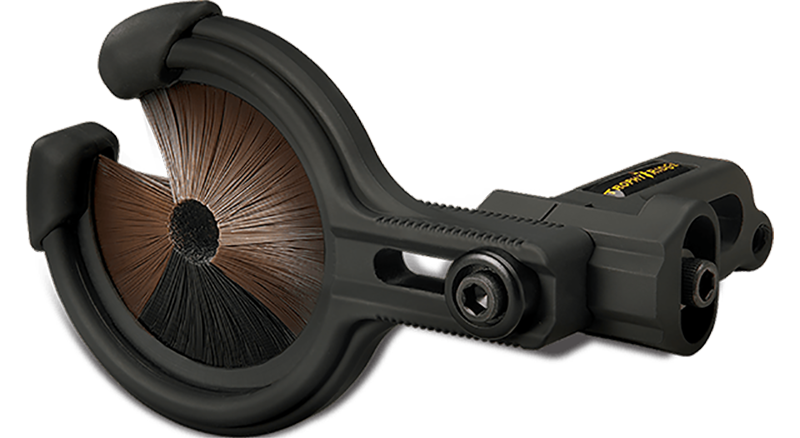
The other style of rest that we will be discussing is known as a fall away, or drop away, rest. This style of rest is extremely variable in design, as numerous archery companies are constantly developing newer and more technologically advanced arrow rests. This type of rest needs to be timed; that is, the arm of the rest supports the arrow and must “fall away” (or drop out of the way) in order for the arrow to be released without any friction whatsoever. This is done by a string that is attached to the rest and the cable of the bow. This means that when the archer releases the arrow, the arrow rest is timed with this release to drop down out of the way of the arrow’s flight.
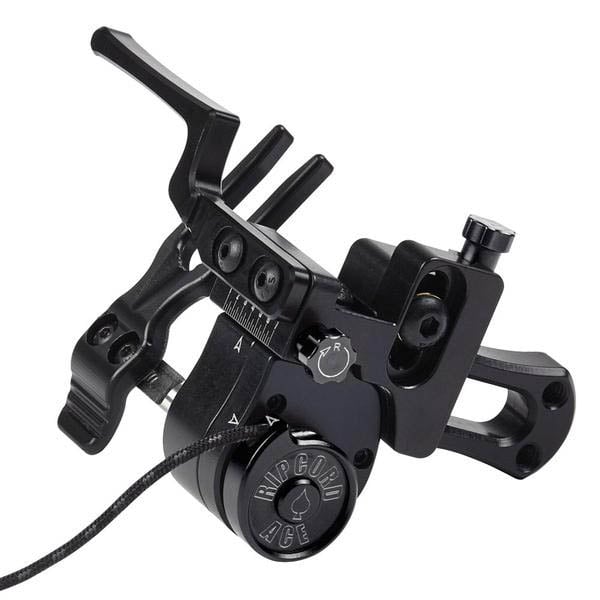
This type of rest is extremely popular with hunters and 3D target compound bow shooters, as it lends itself to being a very accurate rest. Competition shooters live and breathe by accuracy, and they will squeeze every piece of accuracy out of their bow setup as they can. It is important that when installing this rest, unless you know what you are doing and have experience installing and timing fall away rests, that you bring your bow into the pro shop at Gritroutdoors in Arlington and have the local archery expert, Lance Vining, install and time your rest for you, so that you get the best performance out of your investment that you can. These types of rests can range from $75-$200, so this is definitely something you want an expert to install for you.
There are other style rests that I’d like to mention here. One of them is a target archer style rest. The target archer does not need to worry about durability in the field while hunting, so his or her rest is designed to be much lighter and be in contact with the arrow for a much shorter period of time. The target archer doesn’t have to worry about full containment or fall away rests. Their rest is the prong style rest, which is a minimal type of rest that provides pinpoint accuracy each and every shot under controlled conditions.
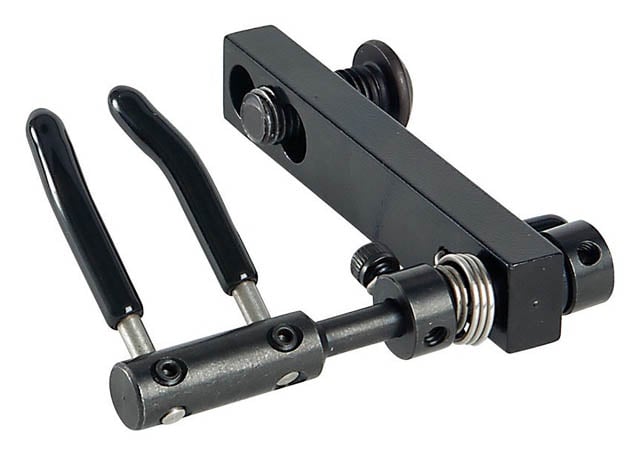
The final type of rest we will discuss in this article is the bowfishing rest. What the heck is bowfishing? Well, my friends, that is an entire article in and of itself! Let’s just say it’s one of the more exciting and extremely fun ways you can keep bowhunting through the spring and summer to keep your archery tastebuds satisfied. But I digress. A bowfishing rest must be extremely durable, and obviously, waterproof. There is a minimum of moving parts, as bowfishing can be quite rigorous and your bow can get tossed down on the boat when you are trying to wrangle that big fish in. These types of rests aren’t typically tuned too much, as loosing a bowfishing arrow is slightly different than a hunting or target arrow. Yet they are just as necessary as any other rest to ensure that your bow is finely tuned and accurate.
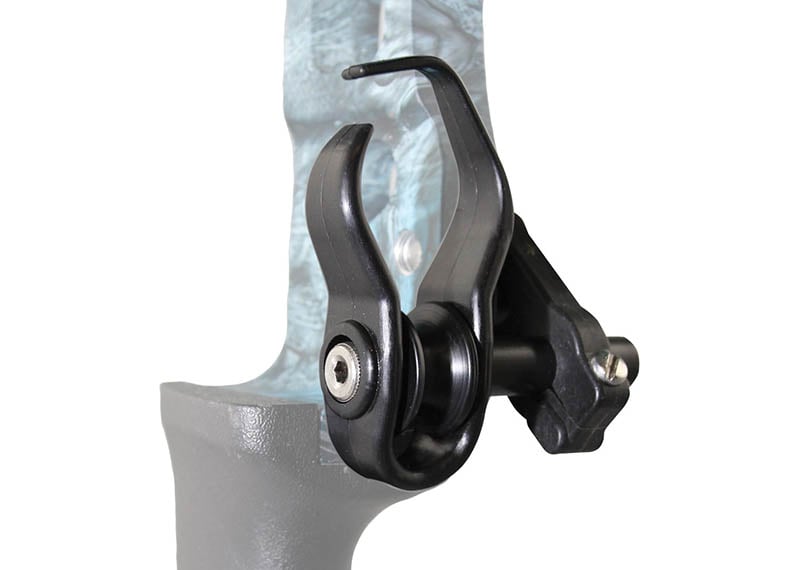
So, how does an archer decide which rest is right for them? I’ve only shown a handful of rests in this article, and there are many, many more available out there. As it is impractical to try a lot of rests to find which one best suits you, (though you could do this if you had the money and the time) I would suggest choosing between a full capture rest like the Whisker Biscuit, and a fall away rest like the Ripcord Ace. If you’re more concerned with your arrow never falling off your bow, a durable, simple full containment rest is your best option. If you’d prefer a little less friction and possibly a bit more accuracy when you loose your arrow, opt for a version of the fall away rest. Whatever your decision, go to gritroutdoors.com, click around, and find a rest that suits your shooting style and your budget. I’ll see you next time, and as always, Happy Shooting!

